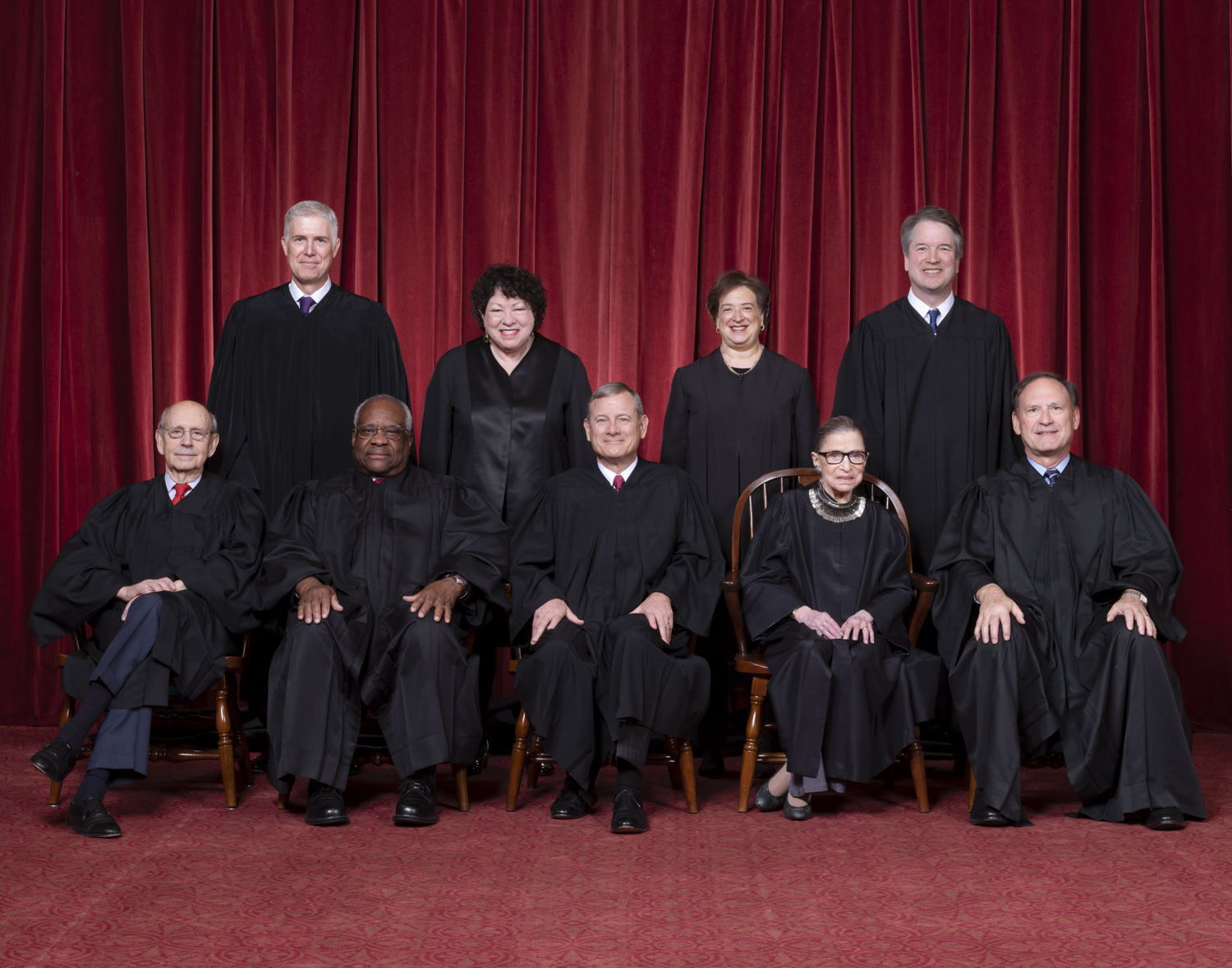
In another sign of the epochal impact of the coronavirus, the Supreme Court is conducting its hearings via teleconference for the first time in its history.
But sadly, with all the high-tech wizardry that is available and expected in 2020, the nine justices and attorneys were still not able to be seen by the public.
The Texas Supreme Court and several Texas and federal courts of appeal have already conducted and livestreamed hearings on You Tube. And many other appellate courts have videotaped and audiotaped their hearings for years.
So it is hard to believe that the U.S. Supreme Court is the only branch of government that has always restricted Americans’ right to see it in action. It seems to be operating in a technological Stone Age.
In this video-drenched world, we take it for granted that we can watch everything. For example, try to imagine only listening to the impeachment hearings or a presidential news conference.
Still, allowing the public to finally get to hear the guarded justices ask questions was a quantum leap forward for the tradition-bound court.
It reminded me how my world opened up when I won a newfangled transistor radio when I was 10 years old in 1964!

The cases affected by teleconferencing
The court is hearing 10 cases over the next two weeks by telephone. Several could affect the upcoming presidential election. So the fact that the court is even meeting is significant.
Here are some of the appeals the court has and will consider:
- On Monday the justices heard arguments about whether organizations that fight HIV abroad can receive federal funding.
- On Tuesday they considered whether a company like Booking.com can trademark that name.
- Yesterday the court delved into two important issues, the first one highly controversial:
The Trump Administration’s objections to rules mandating contraceptive coverage in the 2010 “Obamacare” health care law, andThe legality of the the 1991 law prohibiting “robocalls” to cell phones filed in part by political consultants who no doubt want to flood our iPhones with election messages.
- Next week the justices will hear the explosive case regarding the power of Congress and federal prosecutors to subpoena President Trump’s financial records.
How these new hearings have differed
They are far different than before, highly structured and less chaotic. Chief Justice Roberts asks questions, then calls on justices in the order of seniority. So there are no rapid-fire questions when justices interrupt the lawyers almost as soon as they start speaking. And with limited time, justices cannot advocate their positions and attempt to sway others on the bench.
To underscore just how “revolutionary” this new process is, Justice Clarence Thomas shocked court observers when he actually asked a question during Monday’s hearing. The justice is famous for never speaking during hearings.
The court may continue to hold hearings like this long into the future, especially since six of its nine members are 65 or older and are more susceptible to getting the virus. Two are in their 80s (Justices Ginsburg, who was in the hospital but still participated yesterday, and Breyer).

The telephonic appeals have proceeded without technological problems, for the most part.
Here’s one vote for making the Supreme Court livestream its hearings.
How will the practice of law change?
The law is notoriously slow to change, but the coronavirus could lead to major reforms for the foreseeable future, if not beyond.
Now that law offices and courtrooms across the country have been virtually shut down for several months, will attorneys and judges be forced to change their former way of doing business?
The Texas Supreme Court released this “guidance document” this week with further instructions to the courts and legal community. We could all see this coming: face masks will be required for all people in the courtroom. Further, the bailiff will take the temperature of all people entering and counsel tables will be moved apart. Only two people will be allowed to ride in an elevator.
Here are some questions to ask:


